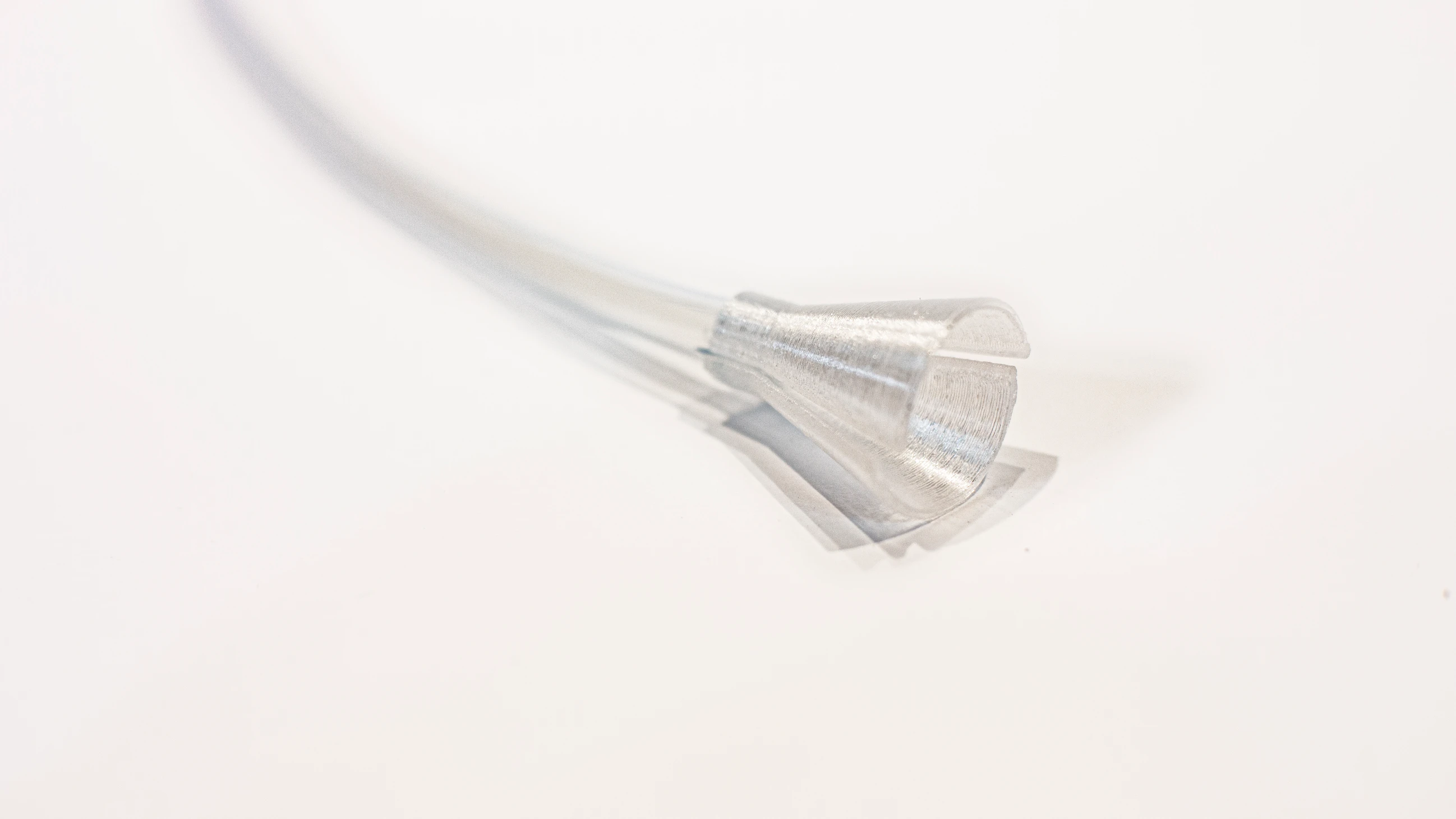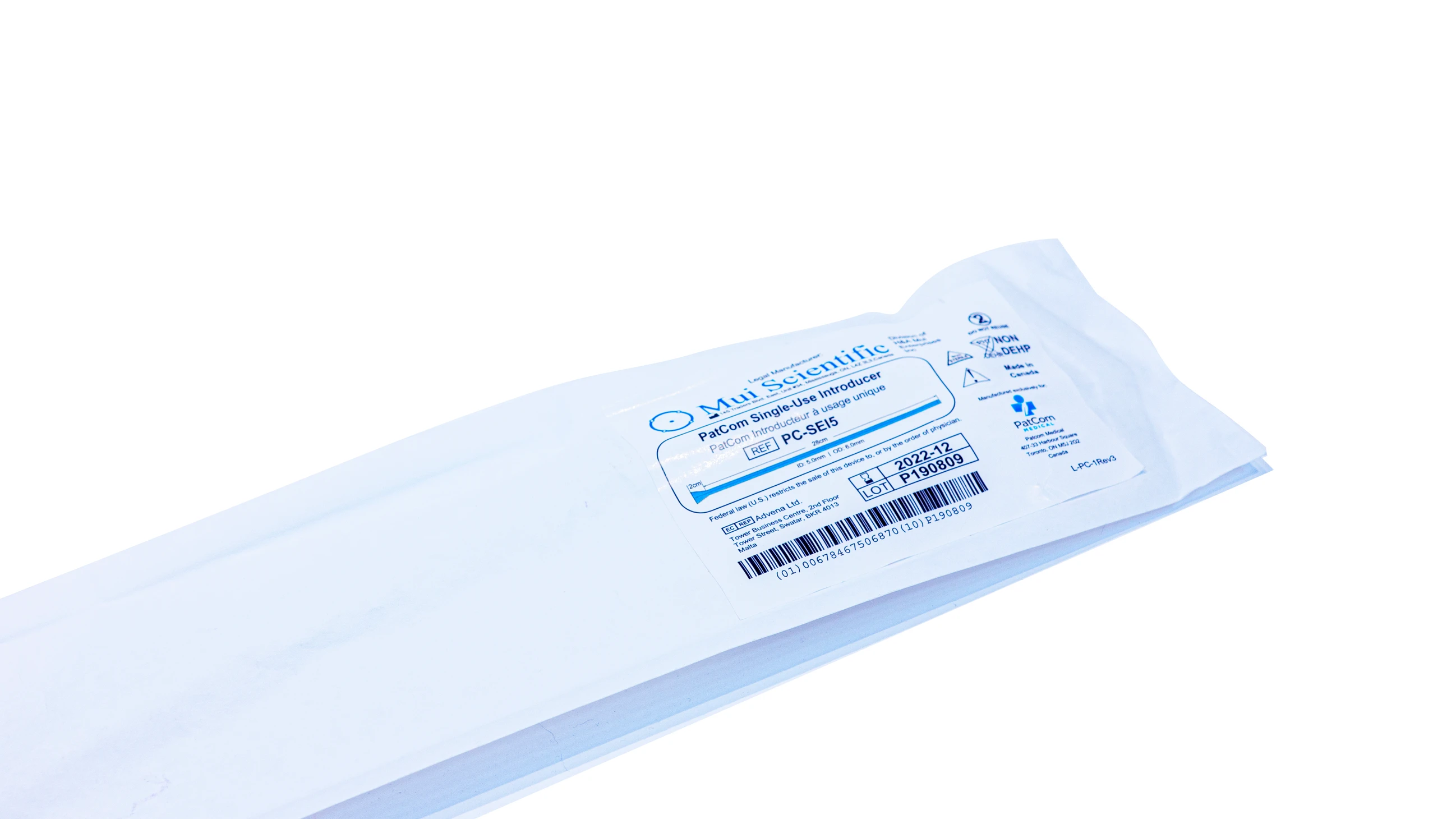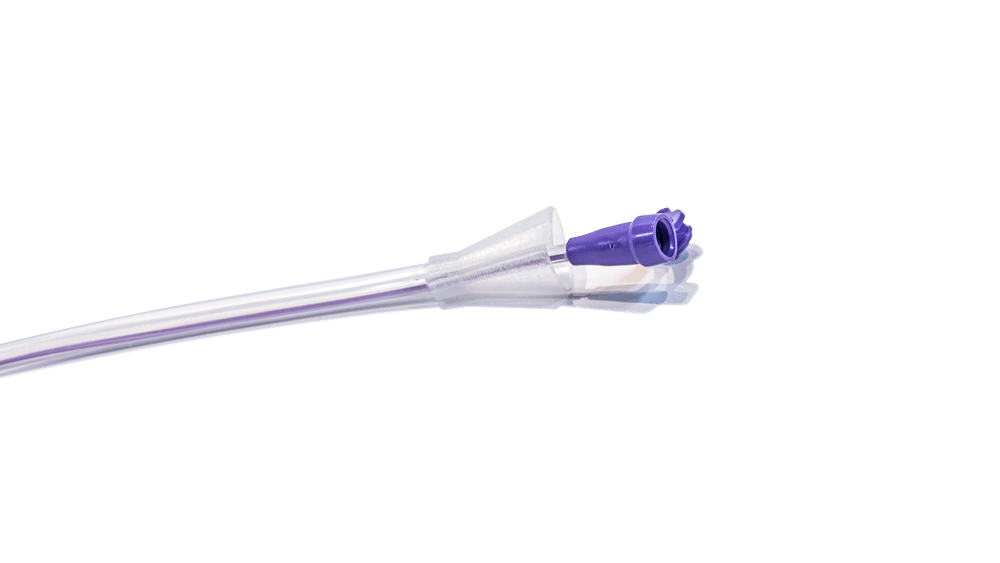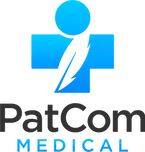
SLPs are no strangers to the benefits, complications, and trauma from NG tubes. Patients have negative emotions related to feeding tube placement and use. On top of that, being NPO also has negative psychosocial and emotional impacts. It is an SLP’s role to provide accurate diagnostics, intervention, and care to ensure improved swallow functioning to allow removal of an NG tube, but why is the SLP absent from the insertion of NG tubes and esophagus altogether?
The Data
NE feeding tubes can be inserted using blind insertion, placement assistive devices, endoscopy, and fluoroscopy. Blind insertion, the most common technique for nasoenteral intubation, results in malposition in 0.5%-16% of cases, with tracheal, pulmonary, or pleural malposition in 0.3%-15% (Blumentstein, Shastri, Stein, 2014). These numbers vary due to patient population, size of the sample, method of identifying tube displacements, and experience of those placing the tube. A recent article by Metheny et al provided a systematic review of misplaced NG tubes. In a large review of tube insertions, the risk of misplacing an NG tube into the airway may reach 2% or higher when tubes are inserted blindly (Metheny, et al., 2019).
SLP’s Expertise
SLPs are experts in head and neck anatomy and swallow physiology. SLPs trained in FEES already know the anatomy and mechanics to navigate into the pharynx. With proper certification, we suspect that SLPs could assist in placement of nasoenteral catheters and probes.The Introducer

The PatCom Introducer uses visualization capabilities from endoscopes for transnasal navigation into the esophagus. Once in place, it functions as a channel to guide tubes and catheters into position in the esophagus and stomach. It can reduce the patient’s discomfort as well as the general risks associated with catheter placement. With the use of the Introducer and following a detailed certification course, we believe that SLPs could advance their scope of practice to include esophageal navigation using this enteral access device.
How to Use
1. Insert flexible endoscope into Introducer. 2. Via transnasal navigation, enter into the esophagus. 3. Extract endoscope while leaving Introducer in place. 4. Feed catheter or feeding tube through the Introducer into the esophagus. 5. Pull funnels apart to split Introducer and dispose of two parts.
Details
The PatCom Introducer currently comes in three sizes designed to fit existing endoscopes and a range of catheters/tubes. The sizes are based on inter-diameter and include 5.5 mm, 5.0 mm, and 4.0 mm. The length of the Introducer is 30 cm.

To see more of how the Introducer is used, click here for a demo video.
